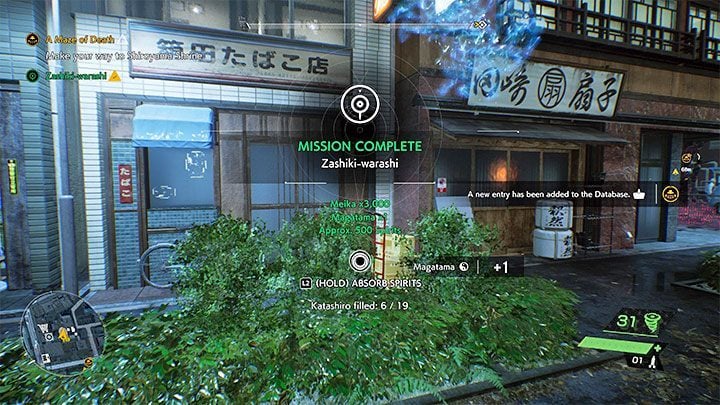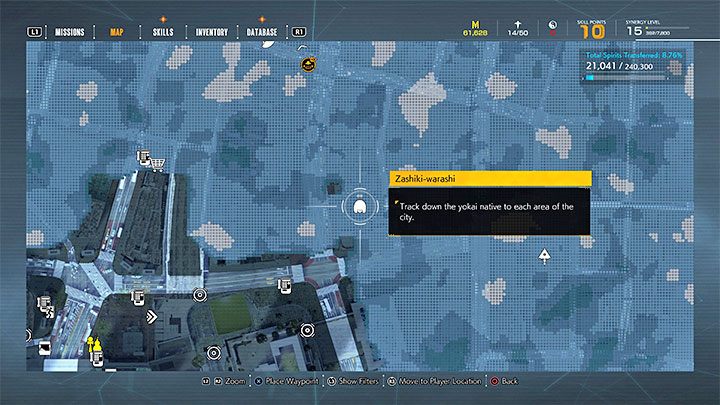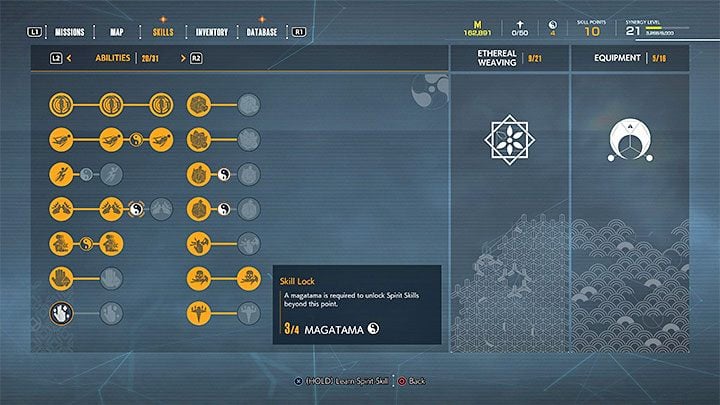Ghostwire Tokyo: Magatama - how to get and what are they for?
This page of the guide for Ghostwire Tokyo tells you how to get magatama from yokai, as well as what uses it has in the game.
Last update:
This page of the Ghostwire Tokyo game guide contains information about the yokai-related magatama. You will learn how to obtain more magatamas and the basic uses of this unique resource.
Acquiring magatamas

Magatamas are a unique item type that is mainly obtained by absorbing yokai. These are unique creatures that inhabit the game world. Yokai have no clearly hostile intentions towards the main character, although you might need to find and capture them before you get to absorb them.
You can find new yokai in two ways. The first method involves completing yokai side quests. These side missions can be easily identified by the rewards description mentioning the possibility of getting a matagama.

The second way is to find yokai by simply exploring the world. Fortunately, you don't have to search for them in the dark, as they will be marked on the map of Tokyo. You just need to use the right strategy to approach the yokai and absorb it - you will have learned how to do this earlier during particular yokai quests.

There is one more, alternative way to obtain this resource. Magatamas are sometimes sold by nekomata, i.e. cat traders. However, keep in mind that matagamas can be extremely expensive (in the example from the screenshot, it costs as much as 130,000 meika).
Using magatamas - skill locks

Magatamas only have one use in the game, but it's very important - they're necessary to remove skill locks in skill trees. Sacrificing magatamas lets you unlock the rest of a given branch, allowing you to use skill points to purchase the best abilities from a given category.
The amount of required resources varies depending on the lock. We suggest that you first remove the locks that require few magatamas, but also give you access to more important skills (e.g. those connected to your preferred attack types).
You are not permitted to copy any image, text or info from this page. This site is not associated with and/or endorsed by the Bethesda Softworks or Tango Gameworks. All logos and images are copyrighted by their respective owners.
Copyright © 2000 - 2025 Webedia Polska SA for gamepressure.com, unofficial game guides, walkthroughs, secrets, game tips, maps & strategies for top games.
